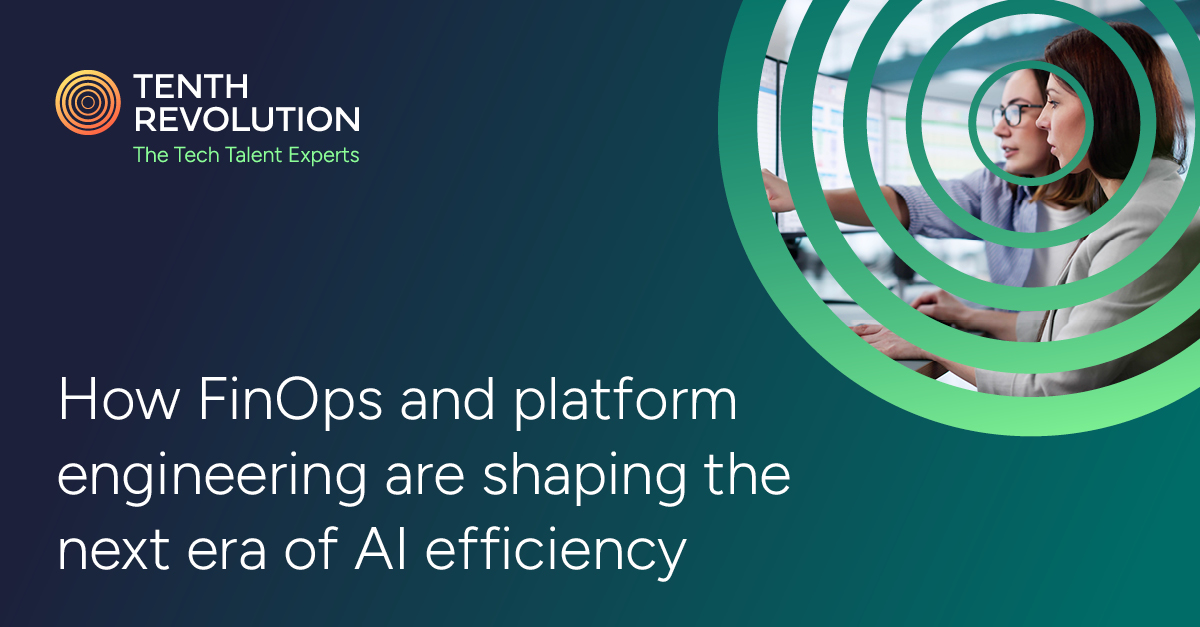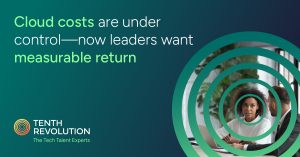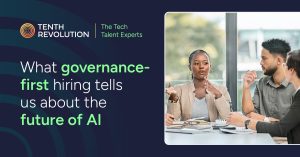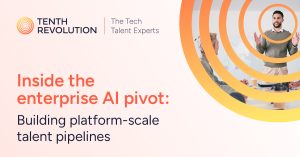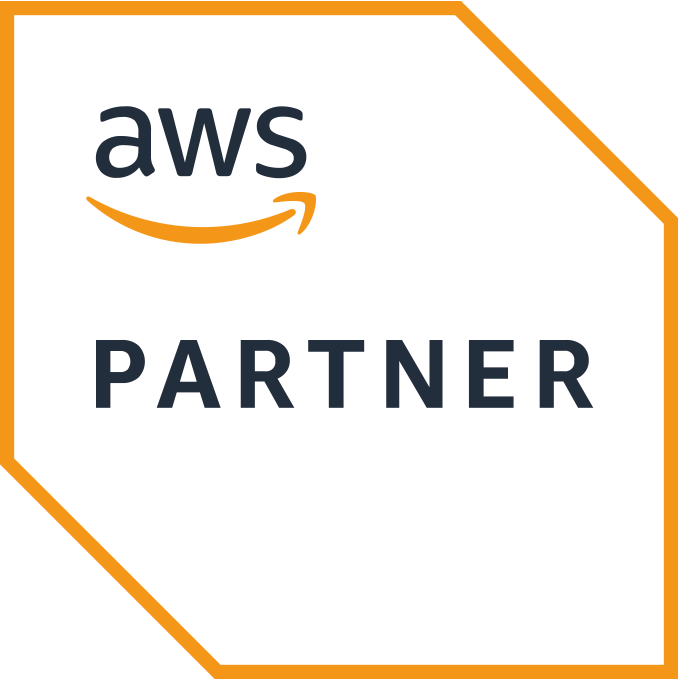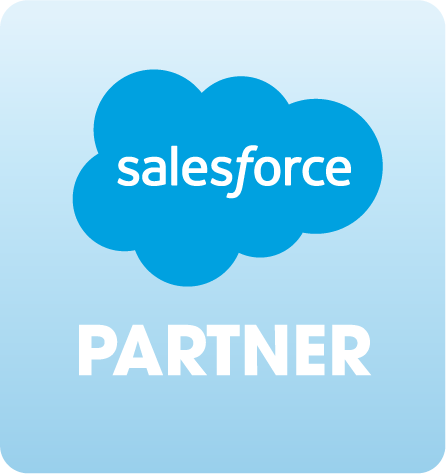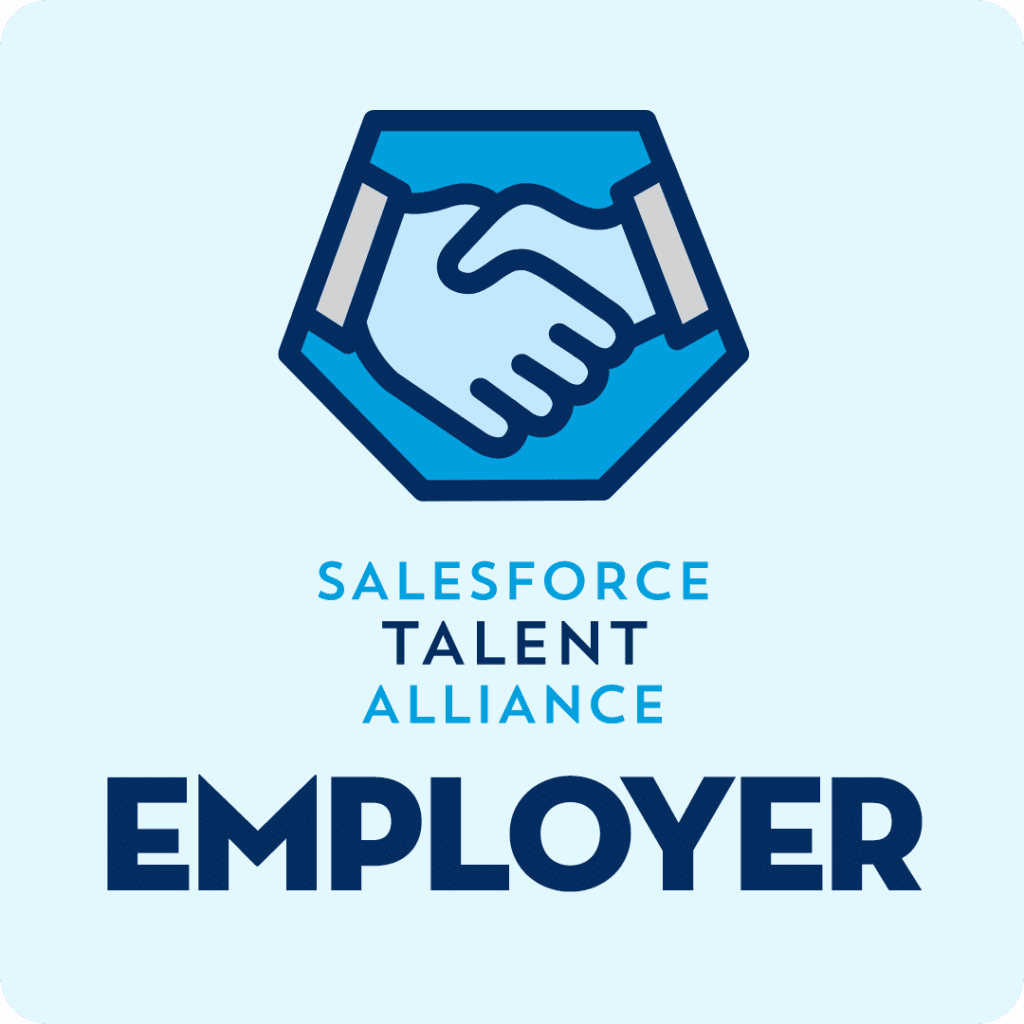As cloud and AI costs continue to climb, enterprises are bringing FinOps and platform engineering closer together to manage spend and improve delivery velocity.
Generative AI workloads have changed the economics of cloud computing. Training and running models consume significant compute resources, often across distributed GPU clusters and complex data pipelines. For many organizations, those costs have escalated faster than anticipated, and the traditional methods of monitoring or forecasting spend no longer keep pace with demand.
To regain control, enterprises are merging financial accountability and engineering performance into one discipline. The partnership between FinOps and platform engineering has become essential for balancing innovation with fiscal responsibility.
From cloud optimization to AI cost governance
Cloud cost optimization used to be a matter of scaling instances or negotiating better vendor contracts. AI workloads, however, introduce a different level of complexity. Costs can spike unexpectedly as teams experiment with model training, inference, or large data transfers. These workloads often run continuously and dynamically, making them difficult to predict and control without a clear operational framework.
That framework increasingly comes from FinOps, a practice that combines financial management with engineering decision-making. The goal is not just to reduce costs but to align spend with business value. When combined with platform engineering, which focuses on building standardized, self-service infrastructure for developers, organizations gain a unified model for governance and agility.
Together, these functions provide visibility into where costs are generated and how resources are being used. They also enable the automation needed to right-size workloads and optimize GPU utilization.
The talent equation behind FinOps success
For hiring managers, this convergence introduces new skill requirements. Teams now need professionals who understand both sides of the equation: the technical depth of platform engineering and the financial insight of FinOps.
Key roles and competencies include:
- Cloud financial analysts who can interpret spending data, forecast demand, and align budgets with product goals.
- Platform engineers who can design infrastructure that scales efficiently and supports automated cost management.
- Data and AI engineers with experience in GPU scheduling, model optimization, and workload orchestration.
- FinOps practitioners who can embed accountability and cost awareness across development and operations teams.
Building these hybrid teams requires coordination between IT, finance, and HR. The most effective organizations treat FinOps not as a cost-control function but as part of their operational culture, an approach that rewards efficiency, transparency, and shared ownership of outcomes.
Tenth Revolution Group helps enterprises hire the cloud and data professionals who can connect technical delivery with financial accountability, driving measurable ROI from AI investments.
Practical strategies for cloud and AI cost control
Leaders aiming to bring discipline to AI and cloud spend are focusing on a few core strategies:
- GPU utilization monitoring. Tracking real-time GPU usage to ensure compute resources are allocated efficiently.
- Workload right-sizing. Matching infrastructure capacity to demand through continuous optimization.
- Autoscaling and elasticity. Leveraging automation to adjust resource levels in response to traffic and workload changes.
- Chargeback and showback models. Providing transparent visibility into cloud spending for each business unit or team.
- Unified governance policies. Ensuring that cost, performance, and compliance metrics are reviewed together rather than in isolation.
These measures create a loop of accountability that helps teams move faster without losing control of budgets.
The impact on delivery velocity
When FinOps and platform engineering are aligned, delivery speed improves. Developers gain faster access to resources, infrastructure becomes more predictable, and leadership gains real-time insight into spending patterns. This balance of agility and control allows organizations to experiment confidently with new AI and cloud capabilities without risking financial inefficiency.
The convergence also encourages automation and standardization. Self-service infrastructure platforms, built with cost transparency in mind, allow developers to innovate freely within defined guardrails. That culture of accountability turns governance into an enabler of speed, not a constraint.
Tenth Revolution Group connects businesses with specialists who can build this balance with cloud engineers, DevOps professionals, and FinOps experts who understand how to deliver both cost efficiency and performance at scale.
The new model for sustainable innovation
AI innovation depends on scale, but scale requires discipline. By aligning FinOps with platform engineering, enterprises create a foundation for sustainable growth, one that empowers teams to deliver value quickly while keeping costs predictable and accountable.
For hiring managers, this means building multidisciplinary teams that can see both the financial and technical sides of every decision. Those organizations that make the shift now will be the ones that continue to innovate efficiently in the AI-driven decade ahead.

